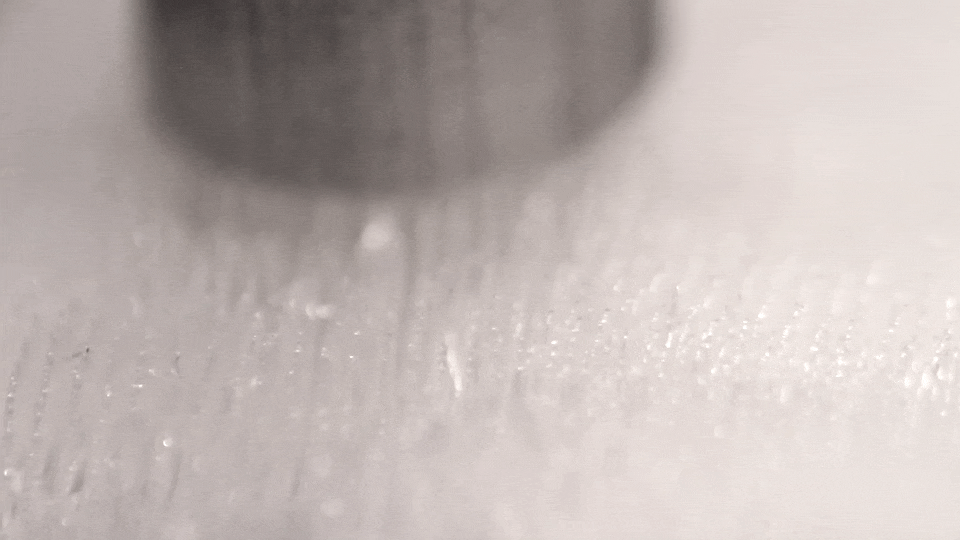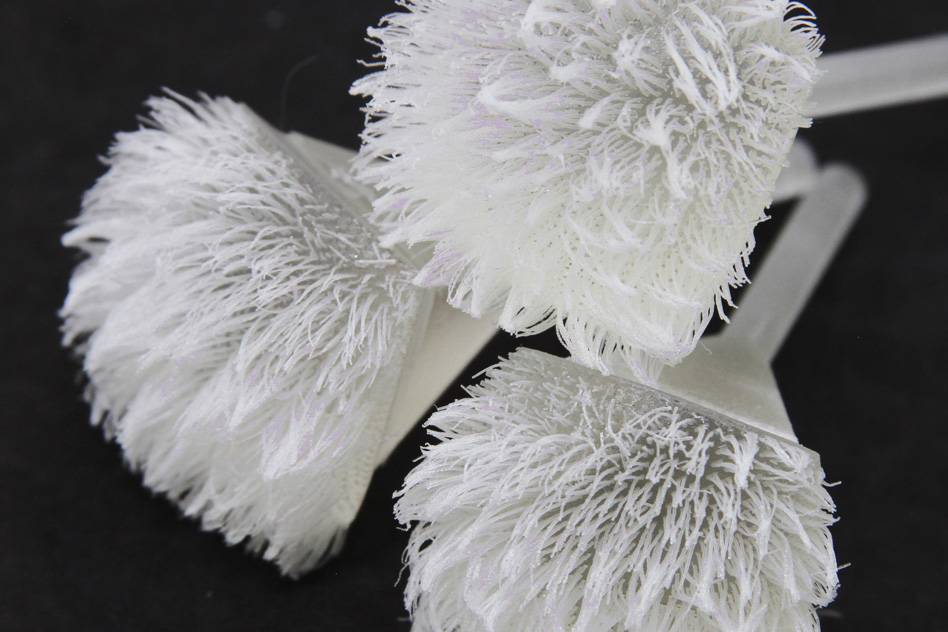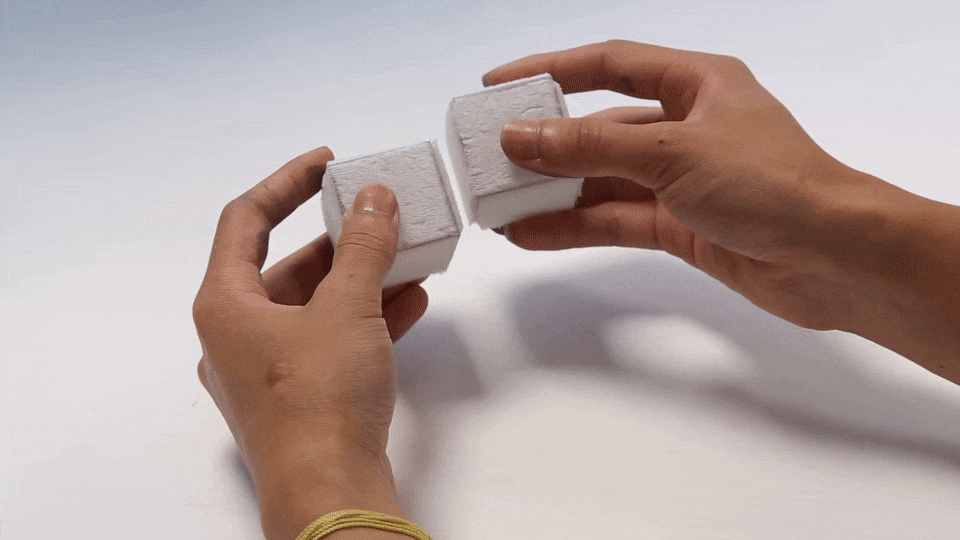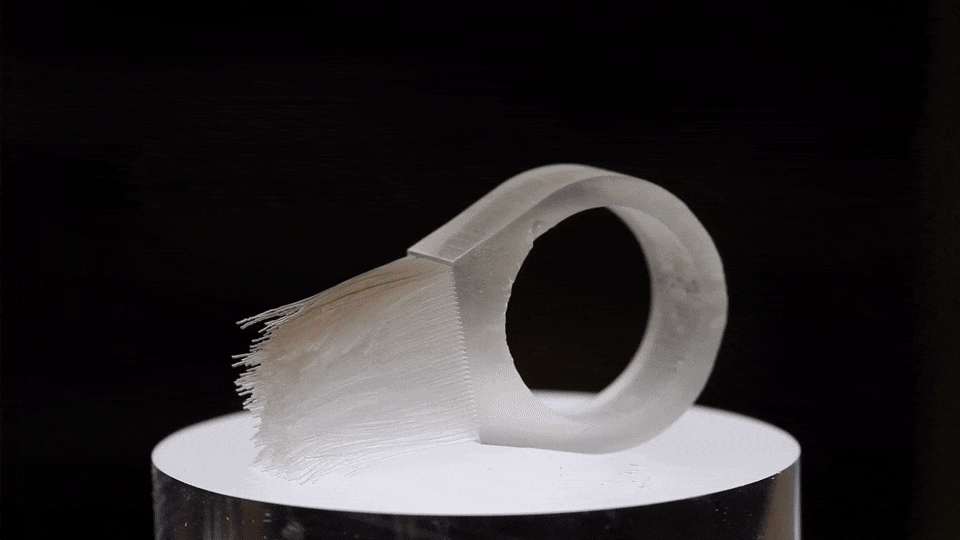How to 3-D print hair, brushes, and fur
June 20, 2016
Researchers in MIT’s Media Lab have bypassed a major design step in 3-D printing — quickly and efficiently modeling and printing thousands of hair-like structures.
Instead of using conventional computer-aided design (CAD) software to draw thousands of individual hairs on a computer — a step that would take hours to compute — the team built a new software platform called “Cilllia” that lets users simply define the angle, thickness, density, and height of thousands of hairs in just a few minutes.
Using the new software, the researchers designed arrays of hair-like structures at a resolution of 50 micrometers — about the width of an average human hair. They then designed and printed arrays, ranging from coarse bristles to fine fur, onto flat and also curved surfaces, using a conventional 3-D printer.
The goal was to perform useful tasks such as sensing, adhesion, and actuation … and maybe create a few toys.
To demonstrate adhesion, the team printed arrays that act as Velcro-like bristle pads. Depending on the angle of the bristles, the pads can stick to each other with varying forces. For sensing, the researchers printed a small furry rabbit figure, equipped with LED lights that light up when a person strokes the rabbit in certain directions.

Vibrations cause a piece of metal to move across the 3-D printed hairs. (credit: MIT Media Lab researchers)
And to see whether 3-D-printed hair can help actuate, or move objects, the team fabricated a weight-sorting table made from panels of printed hair with specified angles and heights. As a small vibration source shook the panels, the hairs were able to move coins across the table, sorting them based on the coins’ weight and the vibration frequency.
A software challenge
“[Hair] comes with a challenge that is not on the hardware, but on the software side,” says Jifei Ou, lead author on a paper presented at the Association for Computing Machinery’s CHI Conference on Human Factors in Computing Systems in May.
To 3-D-print hair using existing software, designers would have to model hair in CAD, drawing out each individual strand, then feed the drawing through a slicer program that represents each hair’s contour as a mesh of tiny triangles. The program would then create horizontal cross sections of the triangle mesh, and translate each cross section into pixels, or a bitmap, that a printer could then print out, layer by layer.
Ou says designing a stamp-sized array of 6,000 hairs using this process would take several hours to process. “If you were to load this file into a normal slicing program, it would crash the program,” he says.
Hair pixels
To design hair, the researchers chose to do away with CAD modeling entirely. Instead, they built a new software platform to model first a single hair and then an array of hairs, and finally to print arrays on both flat and curved surfaces.*
Using these techniques, the team printed pads of Velcro-like bristles, and paintbrushes with varying textures and densities.
Printing hair on curved surfaces proved trickier. To do this, the team first imported a CAD drawing of a curved surface, such as a small rabbit, then fed the model through a slicing program to generate a triangle mesh of the rabbit shape. They then developed an algorithm to locate the center of each triangle’s base, then virtually drew a line out, perpendicular to the triangle’s base, to represent a single hair. Doing this for every triangle in the mesh created a dense array of hairs running perpendicular to the rabbit’s curved surface.
The researchers then used their color mapping techniques to quickly customize the rabbit hair’s thickness and stiffness.
Interactive toys and other objects
“With our method, everything becomes smooth and fast,” Ou says. “Previously it was virtually impossible, because who’s going to take a whole day to render a whole furry rabbit, and then take another day to make it printable?”
Among other applications, Ou says 3-D-printed hair may be used in interactive toys. To demonstrate, his team inserted an LED light into the fuzzy printed rabbit, along with a small microphone that senses vibrations. With this setup, the bunny turns green when it is petted in the correct way, and red when it is not.
“The ability to fabricate customized hair-like structures not only expands the library of 3-D-printable shapes, but also enables us to design alternative actuators and sensors,” the authors conclude in their paper. “3-D-printed hair can be used for designing everyday interactive objects.”
Kelly Schaefer, a designer at IDEO, a design consulting firm, says “this type of work expands the possibilities of 3-D printing as an industry because of the new applications it suggests.”
* The researchers modeled a single hair by representing an elongated cone as a stack of fewer and fewer pixels, from the base to the top. To change the hair’s dimensions, such as its height, angle, and width, they simply changed the arrangement of pixels in the cone.
To scale up to thousands of hairs on a flat surface, Ou and his team used Photoshop to generate a color mapping technique. They used three colors — red, green, and blue — to represent three hair parameters — height, width, and angle. For example, to make a circular patch of hair with taller strands around the rim, they drew a red circle and changed the color gradient in such a way that darker hues of red appeared around the circle’s rim, denoting taller hairs. They then developed an algorithm to quickly translate the color map into a model of a hair array, which they then fed to a 3-D printer.
Abstract of Cilllia: 3D Printed Micro-Pillar Structures for Surface Texture, Actuation and Sensing
This work presents a method for 3D printing hair-like structures on both flat and curved surfaces. It allows a user to design and fabricate hair geometries that are smaller than 100 micron. We built a software platform to let users quickly define the hair angle, thickness, density, and height. The ability to fabricate customized hair-like structures not only expands the library of 3D-printable shapes, but also enables us to design passive actuators and swipe sensors. We also present several applications that show how the 3D-printed hair can be used for designing everyday interactive objects.


